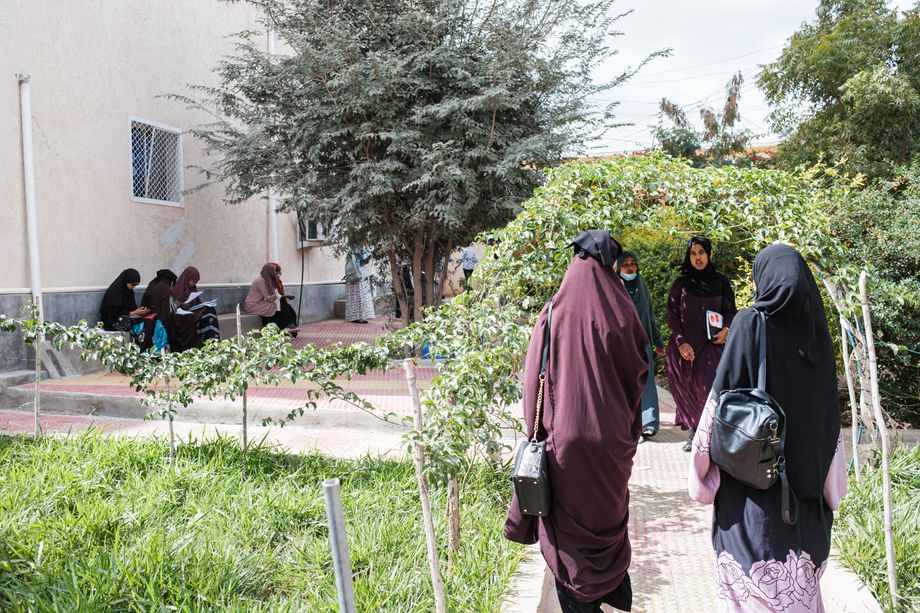Somaliland has managed peace and stability and successfully driven out terrorism. And it has done so with very little international aid. How did it succeed?

Foto: Benjamin Moscovici

Foto: Eric Lafforgue / Corbis / Getty Images

Foto: Benjamin Moscovici

Foto: Benjamin Moscovici

Foto: Benjamin Moscovici

Foto: Benjamin Moscovici

Foto: Benjamin Moscovici

